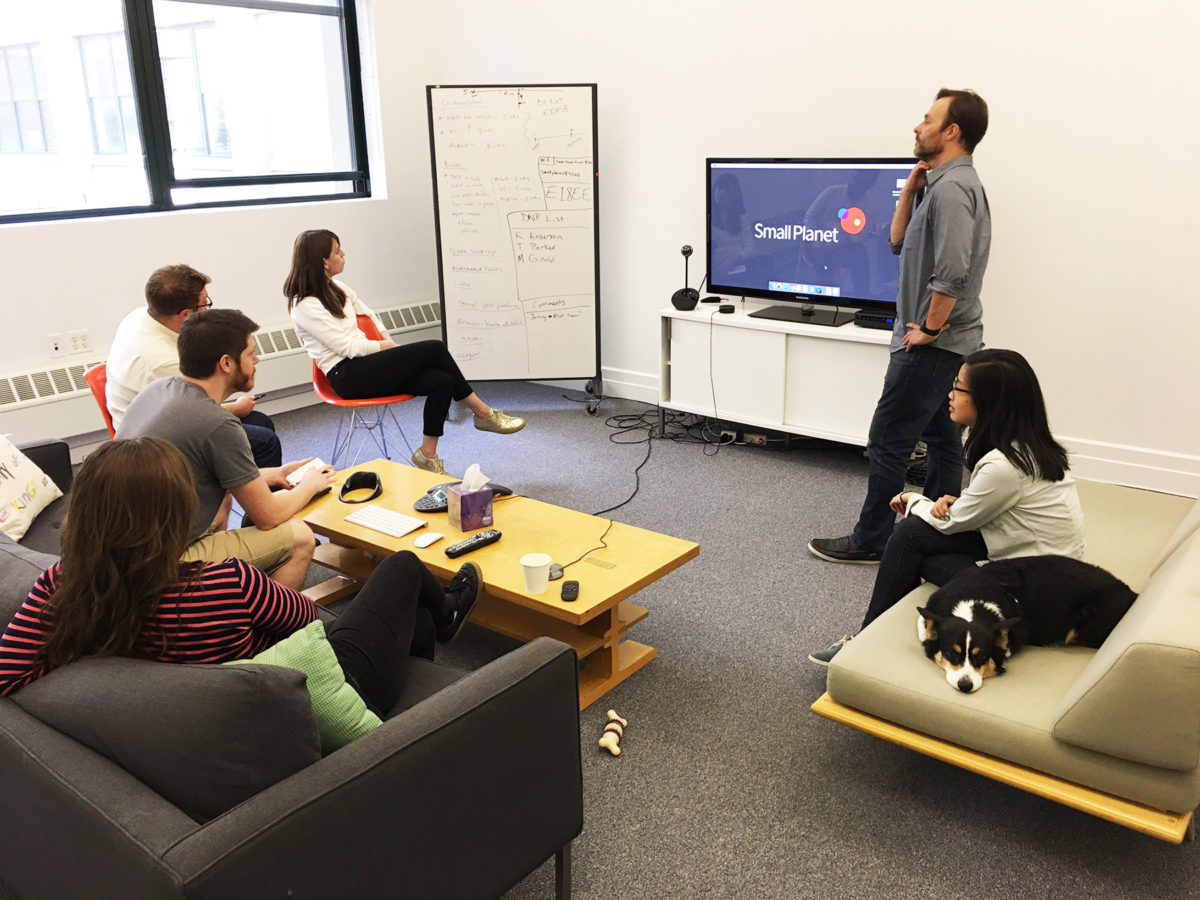Just last month I encountered this headline from Wired: John Maeda: If You Want to Survive in Design, You Better Learn to Code.
It got me thinking about the students I teach, the young designers in our shop and those in design programs all around the world. Specifically, what should students and young designers be learning today? Turns out quite a lot. With that, here’s my advice to young designers.
For starters, I happen to agree with Mr. Maeda, you should be learning to code.
Whether it’s Swift, C++, JavaScript, anything really. You don’t have to become a great programmer, or even a programmer, you just need to understand what is happening under the hood. You need to be able to speak the language of code to — at the very least — be able communicate clearly with the great programmers you’ll hopefully collaborate with. Our current design intern is a crack designer and happens to have a few of his own apps already on the app store that he programmed himself in C++. I think that’s where things are heading.
You also need to write well.
As conversational interfaces become more of an everyday experience, you’ll need to be able to write in order to conceive of, and define a a great spoken and visual user experience. All of our designers at Small Planet write a little bit, if not for final copy, at least to define headlines and calls to action, and now conversational interfaces. I’d say writing is as crucial as coding or any other requisite design skill. Jeffrey Zeldman is a good place to start.
You’ll need to be able to prototype your ideas — quickly.
Static mockups are not super helpful today with dynamic interfaces and animation baked into the UI. You’ll want to show what’s in your mind’s eye. I assure you, your words will fail you when trying to describe a nifty transition from one view to another (“You know, like in Iron Man”). In short, show, don’t tell. There are sooo many prototyping tools out there. Pick one, and learn the hell out of it.
You need to develop your ability to empathize with others.
Different projects have different users, you’ll need to be able to put yourself in their shoes as you design for them. In a given week, our team might be designing for a young child with limited motor skills, a busy parent, or someone who’s under the weather. It’s crucial that you see your work through their eyes, their needs. Without empathy you’re designing blind. Check out the work of the folks at IDEO, the folks who coined the phrase Design Thinking.
You’ll need to be able to present your work.
You don’t need to be the next Barack Obama, but you need to be capable of standing in front of a room and describe to your client, investors and peers why you solved the problem the way that you did. If you’re in need of help here, check out the teachings of Mike Monteiro of Mule Design. He gives an amazing lecture on the subject.
Oh, and you’ll need to be able to design anything.
You’ve got a lot to learn, so what the hell are you doing reading this? Get to work.
Technical.ly’s Editorial Calendar explores a different topic each month. The April 2017 topic is design. These stories explore people and firms making new, inventive and beautiful things in each of our five markets. This month’s Editorial Calendar in Brooklyn is underwritten by Small Planet. Learn more about our advertising options here.
Before you go...
Please consider supporting Technical.ly to keep our independent journalism strong. Unlike most business-focused media outlets, we don’t have a paywall. Instead, we count on your personal and organizational support.
Join our growing Slack community
Join 5,000 tech professionals and entrepreneurs in our community Slack today!

